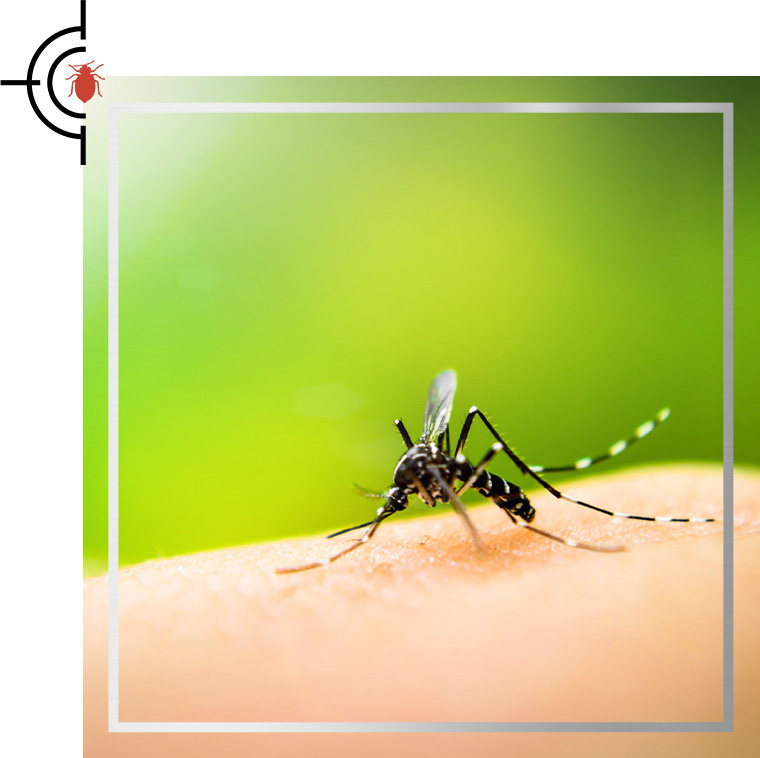
Learn More About Mosquitoes
Learn about the biology of mosquitoes in New England and how they thrive in our environment. Understanding their life cycle is key to effective control.
Mosquito Control Solutions
Our expert team is dedicated to providing effective mosquito control solutions to keep your home and family safe. Trust Pest Assassins for a pest-free environment.
MOSQUITO CONTROL INFORMATION

Frequently Asked Questions
Still have questions or can't find the answer you need? Give us a call at 877-665-2667 today!
-
What are the common mosquito species in New England?New England is home to several mosquito species, including the Eastern Saltmarsh mosquito and the Asian Tiger mosquito. Understanding these species can help in effective control and prevention strategies.
-
How can I prevent mosquitoes from breeding on my property?To prevent mosquito breeding, eliminate standing water around your property, keep gutters clean, and ensure that bird baths and pet water dishes are refreshed regularly.
-
What mosquito control methods do you recommend?We recommend a combination of methods including larvicides, adulticides, and habitat modification to effectively control mosquito populations. Our team can assess your property and recommend the best approach.
-
Are your mosquito control treatments safe for pets and children?Yes, our mosquito control treatments are designed to be safe for both pets and children when applied according to the manufacturer's guidelines. We prioritize the safety of your family and pets.
-
How often should I schedule mosquito control treatments?For optimal results, we recommend scheduling treatments every 21 days during the peak mosquito season. This helps to maintain a barrier against these pests.
